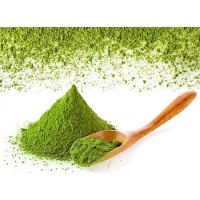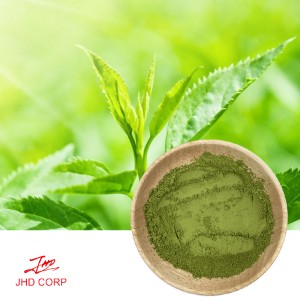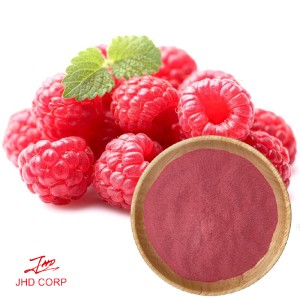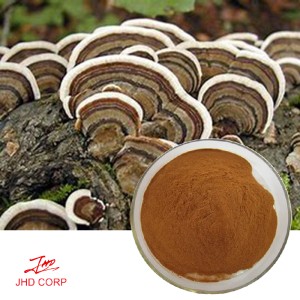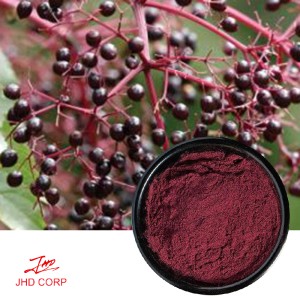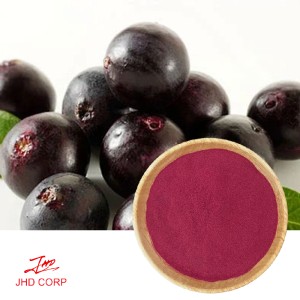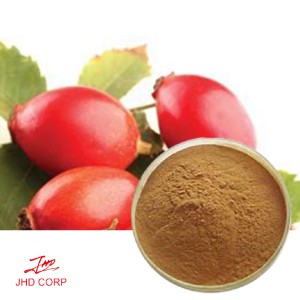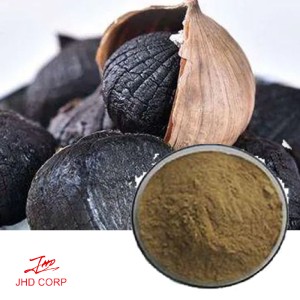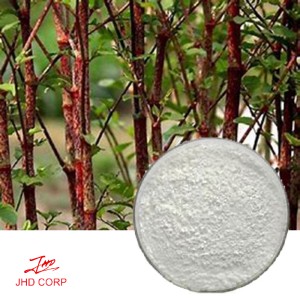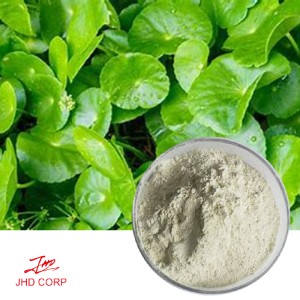How to identify different grades of matcha powder?
Whether enjoying the pure taste of ceremonial matcha or exploring creative culinary applications, recognizing the different grades of matcha powder enhances both appreciation and enjoyment of this traditional Japanese tea.
Identifying different grades of organic matcha powder is essential for consumers and culinary professionals who wish to experience the full spectrum of flavors and benefits this finely ground green tea offers. Matcha is categorized primarily into three grades: ceremonial, premium, and culinary. Each grade has distinct characteristics that determine its best use and overall quality.
Ceremonial grade matcha powder is the highest quality and is traditionally used in Japanese tea ceremonies. This grade is made from the youngest tea leaves, which are handpicked and carefully processed to preserve their vibrant green color and delicate flavor. Ceremonial matcha has a naturally sweet, smooth taste with a rich umami flavor, devoid of bitterness. Its texture is fine and velvety, making it ideal for drinking on its own with just water. The bright green color is a hallmark of its premium quality, indicating high chlorophyll content and meticulous processing.
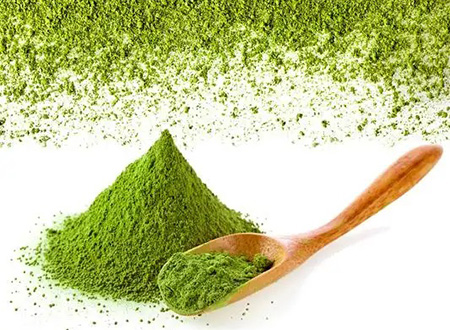
Premium grade matcha is slightly lower in quality than ceremonial grade, but still offers a delightful taste experience. It is perfect for daily consumption and can be enjoyed as a standalone drink or in lattes. The flavor profile of premium matcha is a balance between sweetness and a slight astringency, with a vibrant green hue that is somewhat less intense than ceremonial grade. This grade is often more affordable while still providing a high-quality matcha experience.
Culinary grade matcha powder bulk is designed for cooking and baking purposes, where its robust flavor can stand up to other ingredients. It is made from more mature tea leaves, which results in a stronger, slightly more bitter taste compared to higher grades. Culinary matcha tends to have a duller green color due to its lower chlorophyll content, but it is perfect for adding a unique flavor to smoothies, desserts, and savory dishes. Its affordability makes it an excellent choice for experimentation in the kitchen.
When selecting matcha, it is important to consider the intended use and desired flavor profile. A visual inspection can provide initial clues; vibrant green hues typically indicate higher quality. Additionally, the texture should be smooth and finely milled, as coarser powders may suggest lower quality processing.
Understanding these distinctions allows consumers to make informed decisions, ensuring they select the right grade for their specific needs. Whether enjoying the pure taste of ceremonial matcha or exploring creative culinary applications, recognizing the different grades of matcha powder enhances both appreciation and enjoyment of this traditional Japanese tea.


